Process

European Ceramic Workcentre
Mould making



Clay needs care

3D scanning techniques:
photogrammetry
laser
structured light. ︎︎︎︎︎︎
computerized tomography
![]()
photogrammetry
laser
structured light. ︎︎︎︎︎︎
computerized tomography

comparative research digital shape versus hand-made physical shape



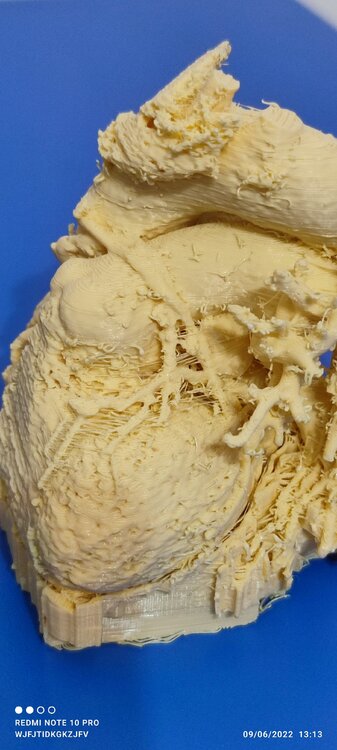
precise heart scan with computerized tomography

3d files of organs are very ‘smoothed’ out.



Making more extreme --> ORGANIC ERGONOMIC
Combine methods from different softwares/disciplines/approaches



︎︎︎ Experience copying and holding the shape of my own hand


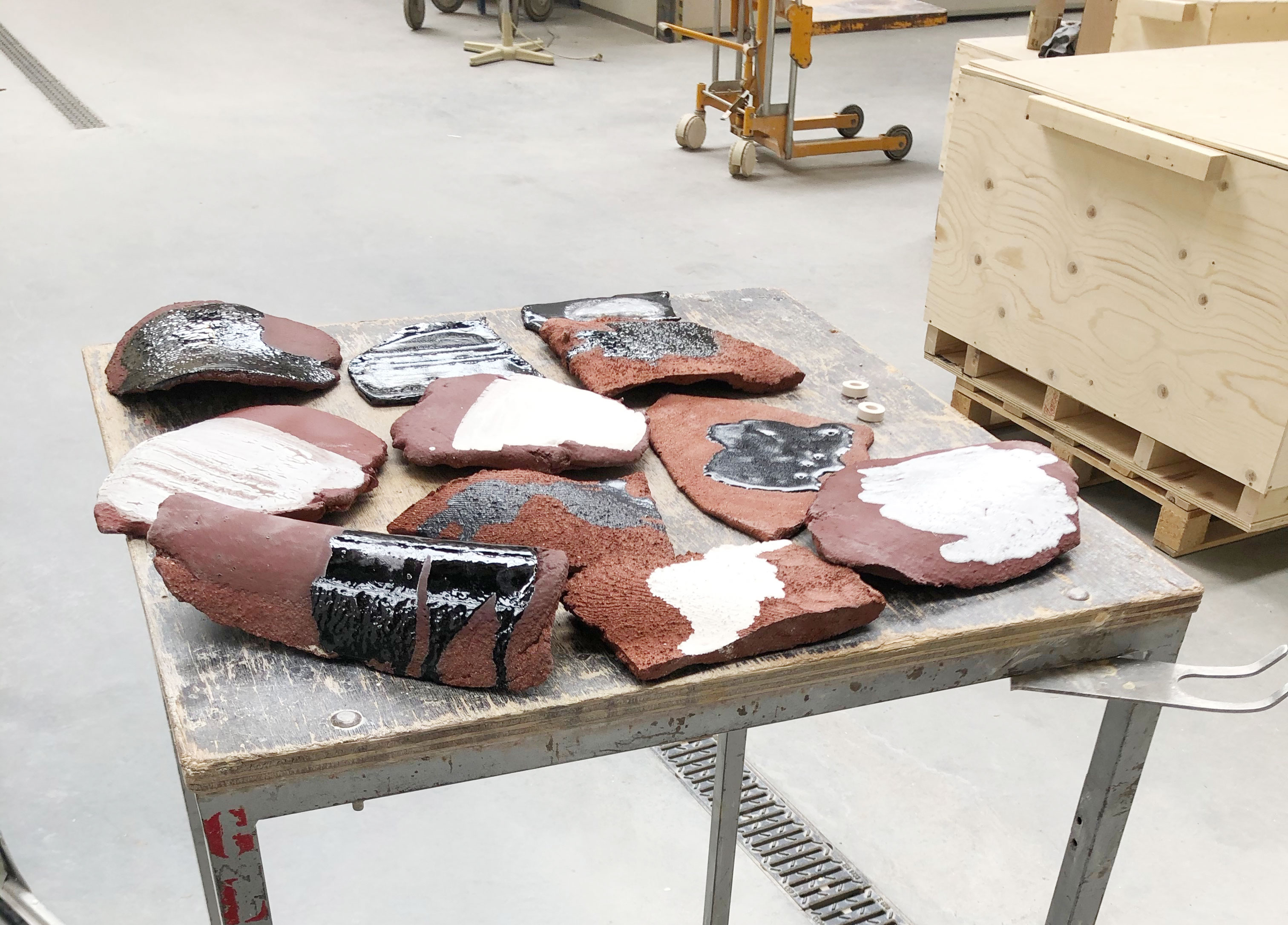

Making a lot of variations with potential glazing

allow myself to be surprised by the outcome -- > trust the process

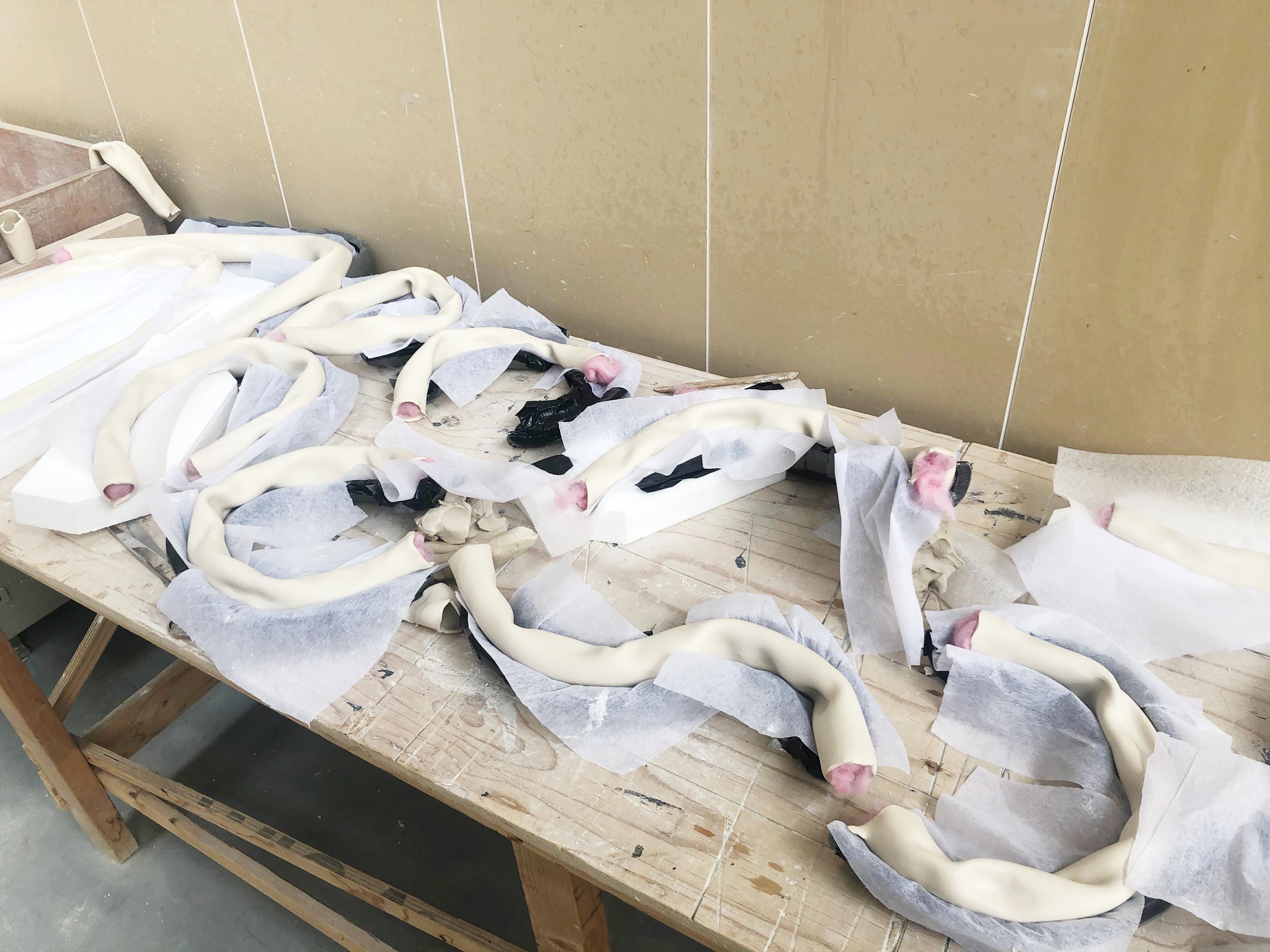





Experimenting with physical sound making (icw Sjoerd Leijten). Inspired by the Internation Affective Digitized Sound Dataset.







Research sensitivity different heart rate sensors - HACKABILITY? Can all fluctuations be read? WHAT ABOUT NOISE?
Technique: Kees Reedijk

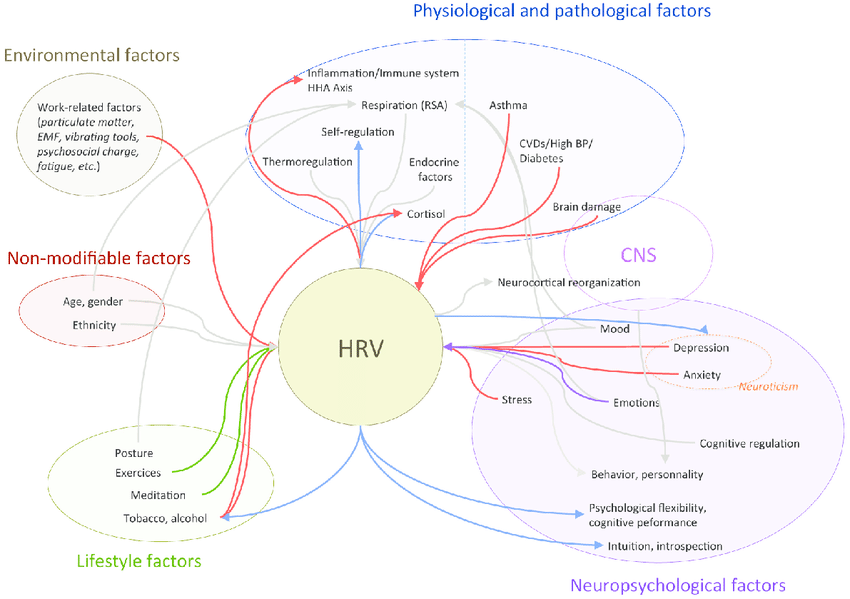
The impossibility to be able to test in a vacuum. -- be HONEST
Let the viewer decide what the meaning is

Visual research - test lab atmosphere



Believe simple ideas can produce complex systems


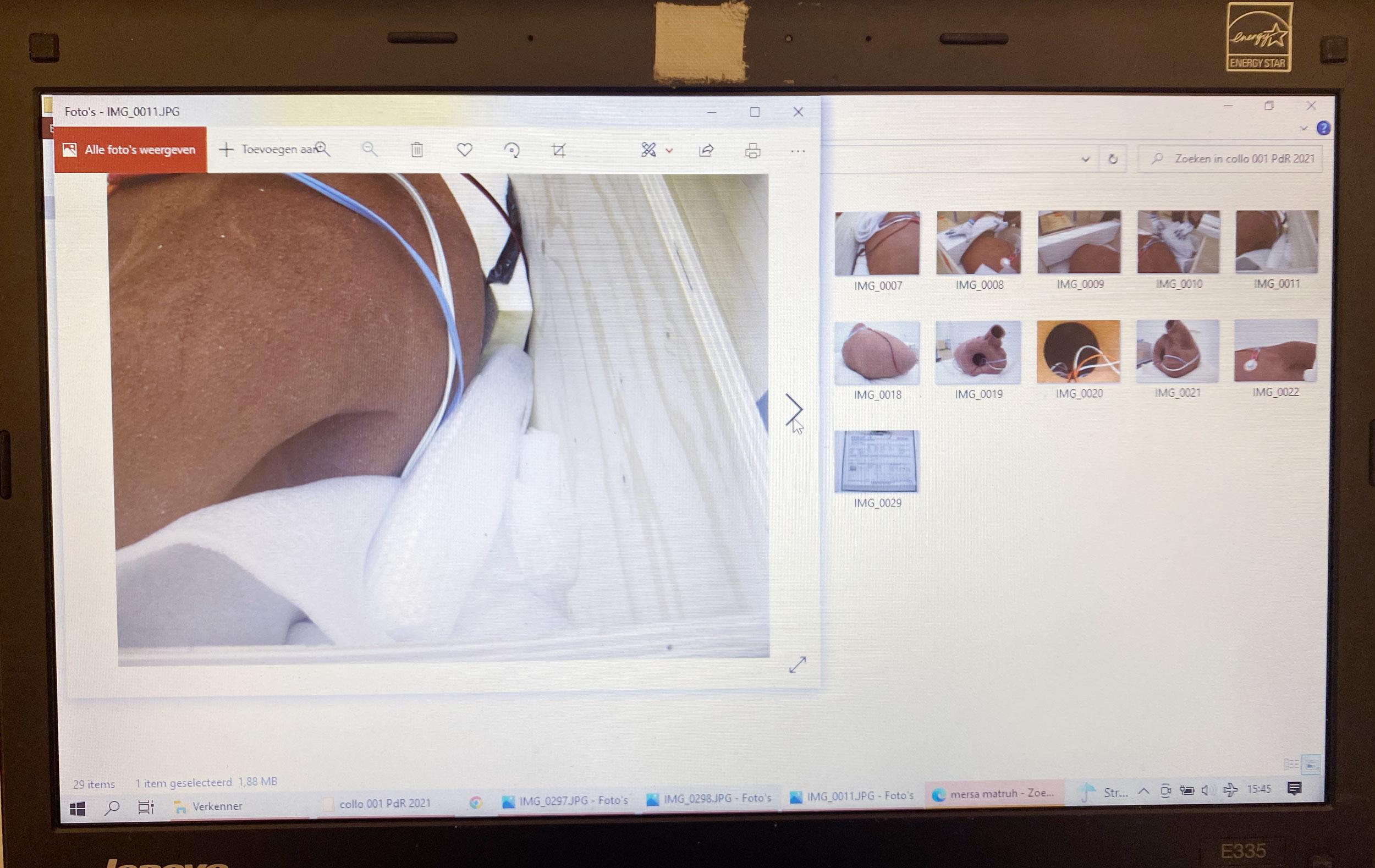


Building up -- structured way of working. ---- > See full project here
2020



A research on postures and emotions
I.c.w Dancer Courtney May Robertson and Marjolein Vogels
Authentic Movement Exercise: developed by Mary Starks Whitehouse from 1950. Dancer: Courtney May Robertson ︎︎︎




The Bodily Expressive Action Stimulus Test (BEAST) DATASET by Beatrice de Gelder












2019
.


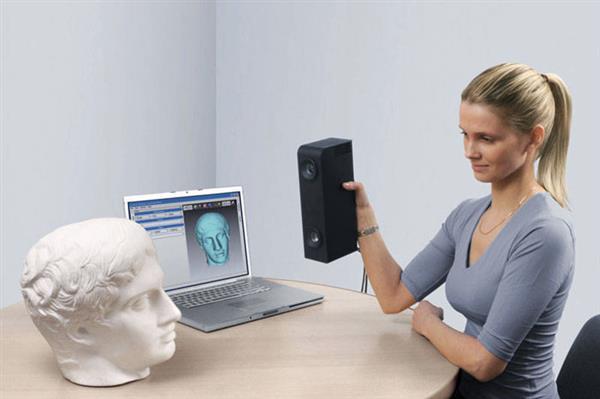
st
![]()
![]()
![]()
![]()
A bin-packing algorithm is normally used for the transport or 3d printing industry. This algorithm can calculate the optimal – occupying as less space as possible – packaging or irregular objects in a container.
![]()
statues from the different ‘classical’ periods are the![]() most 3d scanned objects and online available worldwide
most 3d scanned objects and online available worldwide



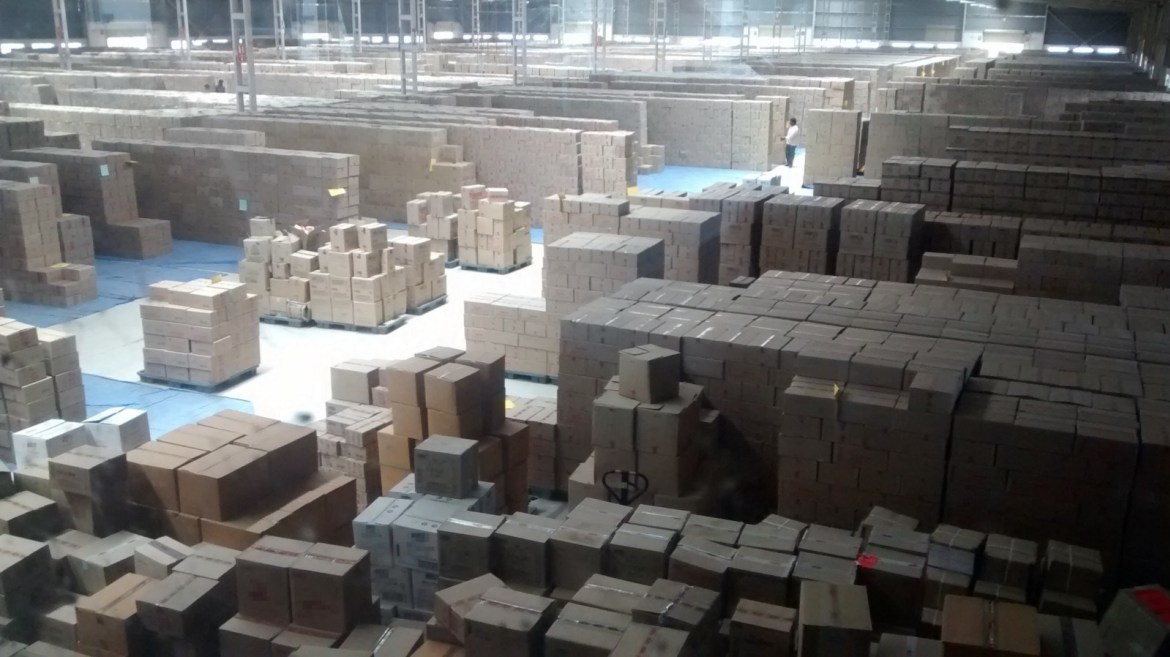
A bin-packing algorithm is normally used for the transport or 3d printing industry. This algorithm can calculate the optimal – occupying as less space as possible – packaging or irregular objects in a container.

statues from the different ‘classical’ periods are the
 most 3d scanned objects and online available worldwide
most 3d scanned objects and online available worldwide

.
![]()
![]()
![]()
![]()
![]() .
.













The movie ‘Arranging, Moving, torating, Packing’ is a sequential 3d scanned movie based on poses of classical sculptures and a packing algorithm. The scanning was produced with a process called photogrammetry which creates a 3d file out of photos of the ‘object’ from different angels. This specific created stop motion sequence consists of 8 poses and their trajectory – which was translated in a total of 200 steps, which was being recorded by a 3d scan studio that consisted out of 128 dslr camera’s.
As a result the final movie was made out of a database of 25600 images






Observation computer vision
based
human detection


sketch with only arms
2018


Emotion recognition software analyse our emotions by deconstructing our facial expressions into temporal segments that produce the expression, called Action Units (AU - developed by prof. Paul Ekman) and deducting them into certain percentages of six basic emotion, happy, sad, angry, surprised, scared and disgusted. Together with actress Marina Miller Dessau and choreographer Marjolein Vogels all facial muscles in the face are being trained and deconstructed in 2018. This research resulted in multiple works.

.



 studio photos: Susi Kolp
studio photos: Susi Kolp
. . ![]()
43 muscles in the face can be deciphered, which together can make a legion amount of movements and almost infinite combinations.Unfortunately these infinite possibilities are reduced in the FACS system to six basic emotions in the analysations of these movements. I would like to turn this process around.

43 muscles in the face can be deciphered, which together can make a legion amount of movements and almost infinite combinations.Unfortunately these infinite possibilities are reduced in the FACS system to six basic emotions in the analysations of these movements. I would like to turn this process around.
Can algorithmic thinking make things more complex instead of simplifying things?

every frame and thereby millisecond is catagorized differently by the software in the analysation process.

Testing with Facereader, Noldus. Thanks to the University of Amsterdam, Usability Lab








 .
. 
Testing different lightning and costume setup.
The overall light is chosen to give Marina a robotic / avatar feel



